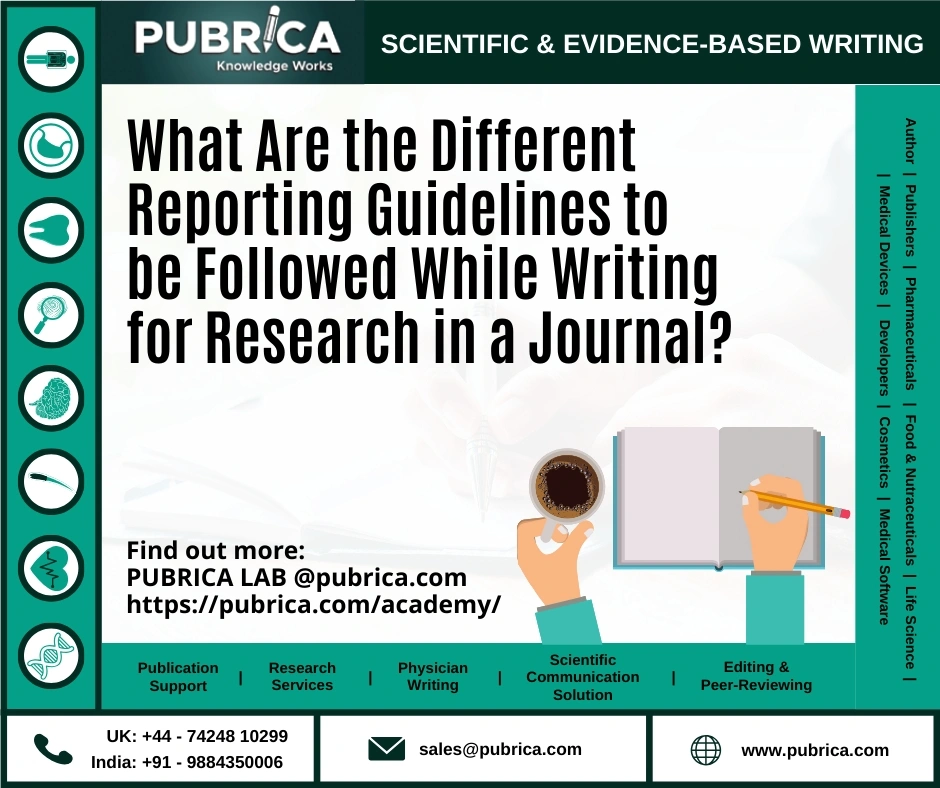
Grant Proposal Writing for Innovative Medical Research
January 30, 2021
Scientific and Academic E-poster Creation
February 1, 2021A literature review can be considered as a published material in a biomedical research subject, a specialized area with certain time duration, and it also provides review books, scholarly articles, and related to research publication. A literature review writing can be a just simple outline of the source, which helps to recollect all the given information. It can analyse old materials or links with new analysis. Literature review articles may incorporate in many useful reports that keep them update with current fields, and literature review helps the most appropriate and applicable.
In Brief
Manuscript, yet to be published document prepared by the researcher. Each manuscript should have a precise methodology and results. Poor reporting or lack of descriptions in medical literature gives the incomplete illusion about the study to the researchers and replication of these data in the systematic study may be affected. The irreparably unethical and plagued content was the deficiency, which leads to incorrect interpretation.
Hence, while determining the reliability of these studies, it cannot be considered as quality research reports. There are various examples for illustrating the same, whereas few studies have high-quality research with poor methodology and result reporting. With all these variable report qualities, a guideline had been prescribed in the early 1990s for various study design to maintain the transparency and accuracy of the readers and reviewers.
Enhancing the Quality and Transparency Of health Research (EQUATOR) is an international initiative network that gives a cist of guideline for reporting of the research publication, which also improves the quality of research. This guideline used for preparing quality research reporting as it requires the manuscript to meet the complete version of the checklist. The Peer reviewer was instructed about the checklist followed for assessing the document. Upon following this checklist, one can publish their research findings with or even without minimal revision. There were almost 37 reporting guidelines. Here we discuss a few guidelines.

PRISMA
Till 2005, the QUOROM (Quality Of Reporting Of Meta-analyses) statement used as anticipating criteria for reporting the systematic review. The changes in practical advance in the systematic review leads to the development of consistent guideline called PRISMA (Preferred Reporting Items for Systematic Reviews and Meta-analyses). This guideline follows the checklist updated by the researchers and reporters. The flow diagram used to interpret the findings helps in improving the transparency of the systematic review.
CONSORT
CONSORT (Consolidated Standards of Reporting Trials) was implemented first in 1996 for reporting randomised controlled trials. Further, this reporting guideline underwent two revisions in 2001 and 2010 to stop inappropriate reporting of trials. The accumulated knowledge of existing studies paves its way for the revision of this guideline. This guideline follows the checklist consists of 25-items.
STROBE
STROBE (Strengthening the Reporting of OBservational studies in Epidemiology) was the guideline followed to report observational study. The observational study includes cohort, case-control, and cross-sectional studies. This guideline was established in 2004, which follows 22 item checklist was later developed into STREGA (STrengthening the REporting of Genetic Association studies) which is used for analytical epidemiology and association of genome.
MOOSE
MOOSE (Meta-analysis Of Observational Studies in Epidemiology) is a 35 item checklist designed for reporting observational epidemiological meta-analysis. It was developed in 1997. This guideline gives the better understanding of the meta-analysis to the future researchers.
STARD
STARD (Standards for the Reporting of Diagnostic accuracy studies) guideline used to report diagnostic and prognostic accuracy of the study. The guideline assembled using 25 item checklist. The flow diagram which we use in STARD, clarifies the details of patient recruitment involved in the study.
SPIRIT
A team of investigators developed SPIRIT (Standard Protocol Items: Recommendations for Interventional Trials) to clarify the reporting of the randomised trial protocol in 2007. This guideline elaborates the outcome of the trial and allocation of methods for treatment which reduced the poor and inadequate trial report.
REMARK
REMARK (Reporting Recommendations for Tumor Marker Prognostic Studies) exhibits the correlation between the marker and standard prognostic variable in Oncology and Genetic studies. The deficiency of these studies will addressed by 20 itemised checklist framed for the study.
COREQ
COREQ (Consolidated criteria for reporting qualitative research) developed for enhancing the quality of reporting Qualitative research studies using 32 itemised checklists. It favours the researcher in reporting the context of their study, study methodology and interpretation of the research study to the research team. This guideline simplifies the complexity in the fields like healthcare policy and healthcare provider.
CARE
CARE (consensus-based clinical case reporting) was case report guideline which implements the precise supporting to magnify the accuracy and usefulness of case report. It follows 13 itemised checklist, which was finalised based on the main component of case reports like title, and patient’s clinical information and outcome of the treatment.
Advantages of reporting guidelines
- Following reporting guideline, reporting quality will get improved
- In high impact the journal will publish only the articles which are strictly adhering to the guideline only get published
- Helps the reviewer to check all essential information has been reported.
Conclusion
Publishing the research in high impact journals was the key output of the researcher. Based on the guideline, the importance and methodology of the study should be accessed by the researcher to get involved in high impact research. It also improves the transparency and accuracy of the reports. As a futuristic context, these guidelines should revised constantly for improving the quality of research which appraise the researcher and their research.





